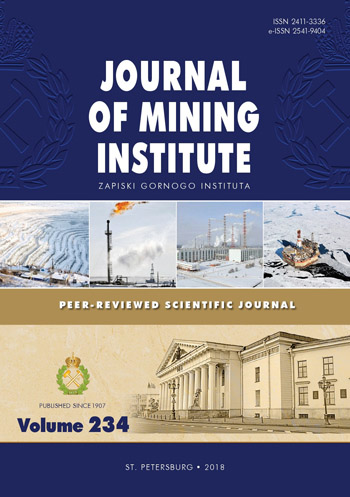Natural ventilation of gas space in reservoir with internal floating roof
- 1 — Ph.D., Dr.Sci. professor State Oil Technical University
- 2 — Scientific consultant ZAO «Neftemonatzhdiagnostika»
Abstract
The article deals with safe operation issues of vertical steel reservoirs with an internal floating roof when storing volatile oil products. The purpose of the work is to study the influence of ventilation openings area and wind speed on the duration of explosive state of vertical reservoirs with an internal floating roof. The influence of ventilation pipes' dimensions and the wind speed on the duration of explosive state of the reservoir has been studied. Method for calculating this time is proposed. It is shown that natural ventilation of the reservoir gas space is caused by the effect of two forces, which are formed due to: 1) the density difference between the vapor-air mixture in the reservoir and outside air; 2) wind pressure occurring on the roof of the reservoir. An algorithm for calculating the duration of reservoir being in an explosive state with wind pressure and no wind is obtained. The greater the difference in geodetic marks of the central and peripheral nozzles, the more efficient the ventilation. This distance will be greatest if the lower ventilation pipes are located on the upper belt of the reservoir or the reservoir is equipped with an air drain. Increase in wind speed of more than 10 m/s does not significantly affect the duration of the reservoir being in an explosive state. Increasing the diameter of the central nozzle from 200 to 500 mm can significantly reduce the duration of the reservoir degassing in windless weather.
